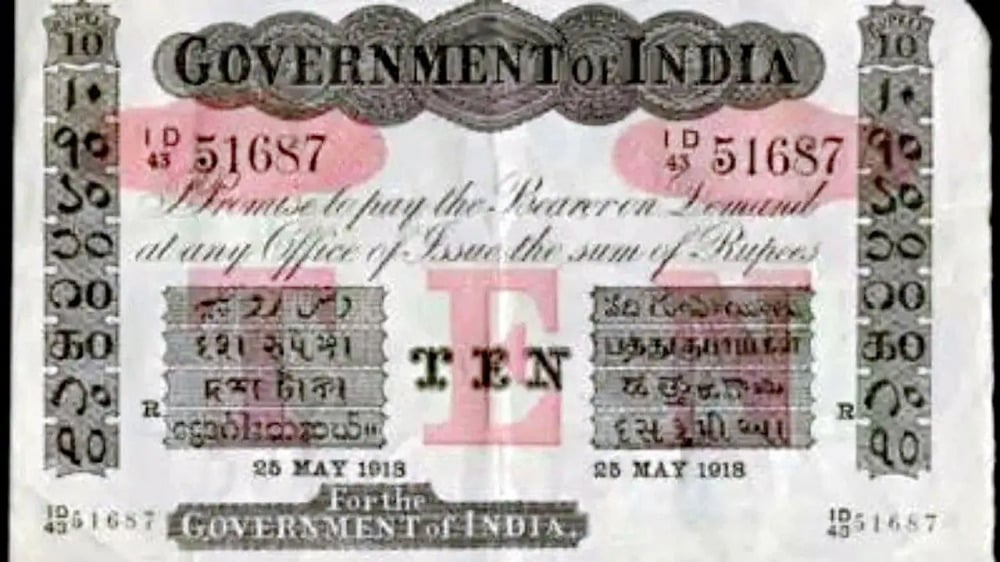
There is no dearth of admirers of old and rare currency notes and coins, paintings etc. Such items are auctioned at an auction house in Mayfair, UK. Now the same auction house will auction two Rs 10 notes printed 106 years ago. However, the notes to be auctioned are Indian. And were printed by the Bank of England and were being sent to India. But unfortunately the ship sank. Most of the Indian notes kept in that ship were destroyed. But these two notes are still safe with someone.
Where and when will the notes be auctioned
According to the information, both these Rs 10 notes will be auctioned at Noonan Auction House in Mayfair. The auction is scheduled to take place on 29 May 2024. Although these are unsigned notes, they are printed on super quality original paper. Their serial numbers are also still the same. These notes were being sent from London to the Indian city of Bombay (now Mumbai) by the German U-boat SS Shirala. Entire blocks of these notes and original papers were loaded on this ship so that they could be taken to Bombay and the notes could be printed.
How much can an auction cost?
It is being told that the auction of these two notes has been fixed as lot 474 and 475. Both these lots will be auctioned on May 29. It is estimated that their auction can be between Rs 2.1 lakh to Rs 2.7 lakh. Both these notes are without signature, printed on original paper of excellent quality.
Indian currency notes are in good condition
When the ship from London to Bombay sank, the cargo also sank. A lot of notes floated to shore, including unsigned Rs 5 and Rs 10 notes and a signed Rs 1 note (which is also included in this auction). Most of them were recovered and later destroyed by the authorities and new ones were printed in their place. However, very few notes remain in private hands. These are in good condition. These notes must be between tightly tied bundles, so that they do not have any contact with the salty water of the sea. Surprisingly, serial numbers are also printed on them.
How did the ship sink?
At 17.12 on 2 July 1918, when Shirala was four miles northeast of the Owers Lightship, Lohs fired a torpedo. This caused the ship to explode on the port side. After this, the ship's captain E.G. Murray ordered Dickens to evacuate the ship. All 200 passengers on board survived, but tragically, eight of the 100 crew members died. The cause of their death was overcrowding in the stock room. In fact, when cold sea water flooded the stock room, it came into contact with the ship's hot boilers. This caused an explosion in the stock room, killing eight crew members. The ship also sank.
 look news india
look news india